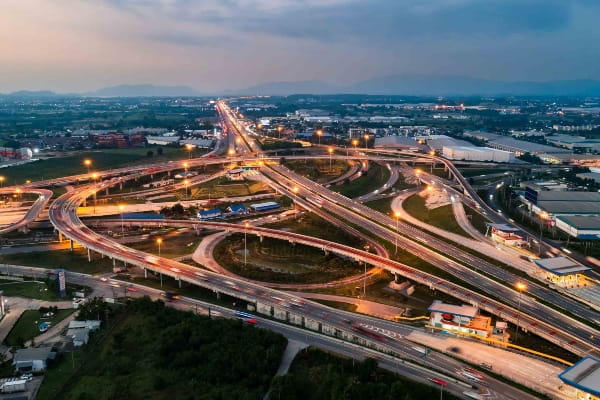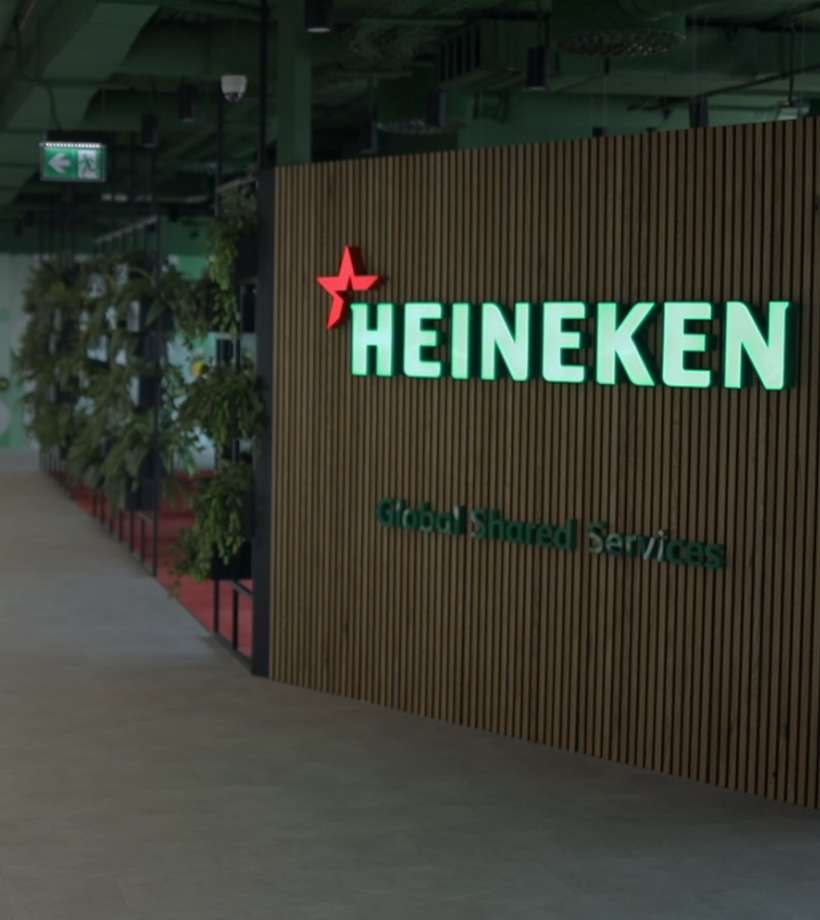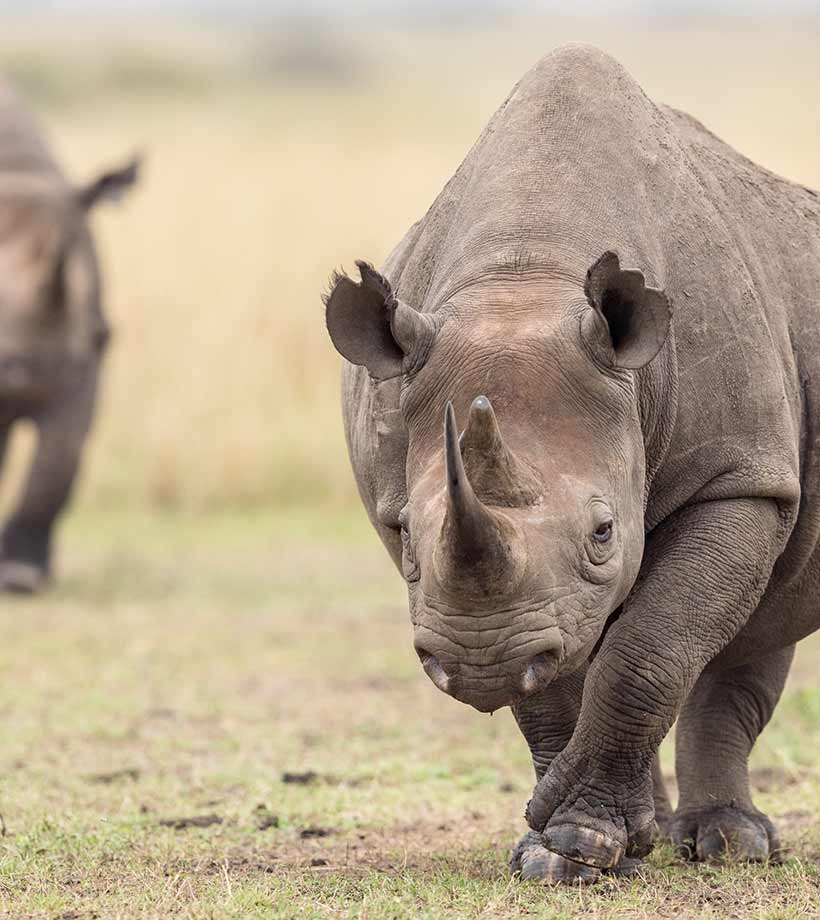-
Featured services
Harness innovation to deliver value
Ensure short-term stability as you design a roadmap for new use cases in your industry with emerging technologies.
Explore Connected Industries -
Services
View all services and productsLeverage our capabilities to accelerate your business transformation.
-
Services
Network as a Service
Popular Products
-
Private 5G
Our turnkey private 5G network enables custom-built solutions that are designed around unique use cases and strategies, and deployed, run and optimized through a full network-as-a-service model.
-
Managed Campus Networks
Our Managed Campus Networks services transform campus networks, corporate area networks and interconnected local area networks, and connect smart places and industries.
-
-
Services
Cloud Services
Popular Products
-
Cloud Migration and Transformation Services
Access the people, processes and technologies you need to deliver cloud migration projects that improve your return on investments.
-
Site Reliability Engineering Services
Get the most from your cloud investments when you harness our Site Reliability Engineering Services to support app development and lifecycle management.
-
-
Services
Edge as a Service
Client stories
-
Penske Entertainment and the NTT INDYCAR SERIES
Together with Penske Entertainment, we’re delivering digital innovations for their businesses – including INDYCAR, the sanctioning body of the NTT INDYCAR SERIES – and venues such as the iconic Indianapolis Motor Speedway, home to the Indianapolis 500.
-
Using private wireless networks to power IoT environments with Schneider Electric
Our combined capabilities enable a secure, end-to-end digital on-premises platform that supports different industries with the benefits of private 5G.
-
-
Services
Technology Solutions
Client stories
-
Services
Global Data Centers
-
Services
Digital Collaboration and CX

IDC MarketScape: Worldwide Datacenter Services 2023 Vendor Assessment
We provide a new kind of intelligent infrastructure to deliver better outcomes through technology.
Get the IDC MarketScape -
-
-
Insights
Recent Insights
-
The Future of Networking in 2025 and Beyond
-
Using the cloud to cut costs needs the right approach
When organizations focus on transformation, a move to the cloud can deliver cost savings – but they often need expert advice to help them along their journey
-
Make zero trust security work for your organization
Make zero trust security work for your organization across hybrid work environments.
-
-

Copilot for Microsoft 365
Everyone can work smarter with a powerful AI tool for everyday work.
Explore Copilot today -
-
Global Employee Experience Trends Report
Excel in EX with research based on interviews with over 1,400 decision-makers across the globe.
Get the EX report -
Discover how we accelerate your business transformation
-
About us
CLIENT STORIES
-
Liantis
Over time, Liantis – an established HR company in Belgium – had built up data islands and isolated solutions as part of their legacy system.
-
Randstad
We ensured that Randstad’s migration to Genesys Cloud CX had no impact on availability, ensuring an exceptional user experience for clients and talent.
-
-
CLIENT STORIES
-
Liantis
Over time, Liantis – an established HR company in Belgium – had built up data islands and isolated solutions as part of their legacy system.
-
Randstad
We ensured that Randstad’s migration to Genesys Cloud CX had no impact on availability, ensuring an exceptional user experience for clients and talent.
-
-
CLIENT STORIES
-
Liantis
Over time, Liantis – an established HR company in Belgium – had built up data islands and isolated solutions as part of their legacy system.
-
Randstad
We ensured that Randstad’s migration to Genesys Cloud CX had no impact on availability, ensuring an exceptional user experience for clients and talent.
-

NTT DATA and HEINEKEN
HEINEKEN revolutionizes employee experience and collaboration with a hybrid workplace model.
Read the HEINEKEN story -
- Careers
Topics in this article
Five majestic species of rhino are left in the world: the black and white rhino in Africa, and the Javan, Sumatran and greater one-horned Indian rhino. They’re all facing extinction as their numbers continue to decline. South Africa is home to almost 80% of the world’s rhinos, but it is also a hotspot for rhino poaching. The misconception that rhino horns have medicinal properties is the main reason they are in demand. Recent statistics show that 11,000 rhinos have been poached in South Africa since 2008.
With fewer than 6,200 black rhinos left in Africa, this majestic species could go extinct in the next five years if poaching continues at this rate.
But a cross-sector team that included the Connected Conservation Foundation in Kenya, NTT, Dimension Data and Cisco addressed this challenge by scaling up technology solutions and mobilizing conservation resources. We empowered rhino conservationists with tools for conservation management and the protection of this incredible species.
Here are five ways we worked together to help save rhinos:
1. Equipping ranger teams with game-changing tools to stop poaching
We helped to safeguard five million hectares of wild ecosystems that are home to the black and white rhino. We installed reserve area networks across the Sabi Sand Nature Reserve, the Lewa Wildlife Conservancy, the Great Fish River Nature Reserve and six new conservancies in the Northern Rangelands Trust. This infrastructure connected thermal long-range cameras and low-power, wide-area network (LoRaWAN) sensors. The intelligence from these devices was fed to a central operations room to track the movement of people across the reserve in real time.
This early-warning information dramatically helped teams to protect the rhinos from poachers. In the first two years of deployment, this technology, coupled with conservation management at Sabi Sand, achieved a 96% reduction in poaching.
In 2022 alone, 12 poaching incursions into Sabi Sand were thwarted with the help of the Connected Conservation Foundation. If each incursion potentially equals a rhino death, that means at least 12 rhinos have been saved from harm.
In Madikwe Game Reserve, a key target for rhino poaching, the nonprofit Madikwe Futures Company was equipped with long-range thermal cameras to monitor boundary and fence lines close to poaching routes. Since the deployment of this technology, all poachers passing by the thermal cameras have been spotted and stopped in their tracks.
2. Ensuring suitable rhino habitats with satellite monitoring
We captured vital rhino-habitat information from space, thanks to our partnership with the Airbus Foundation. Using high-res imagery donated by the foundation, we mapped water resources, human settlements, grassland cover, road encroachment and invasive plant species to help inform rhino conservation plans. This allowed Madikwe Game Reserve and Northern Rangelands Trust to make better-informed decisions in adapting to climate-driven events, alongside changing natural resources and human pressures.
These images also helped Madikwe and Sera Wildlife Conservancy to plan where they should deploy security teams and antipoaching technologies to protect weak spots against poachers. Sadly, at Madikwe, this imagery has also detected deceased rhinos. As distressing as this was, the information assisted conservation efforts by allowing the team to investigate these deaths.
3. Monitoring rhino health during droughts
High-resolution pan, tilt and zoom cameras were set up to stream live video from five remote water holes to monitor rhino health for the Northern Rangelands Trust.
Dimension Data Kenya helped install and connect these live streams to provide real-time video footage of visiting rhinos at water holes in Sera Wildlife Conservancy. This enabled the trust to make quicker observations about the rhinos’ health and weight, and informed their decision-making on the provision of food and water during challenging times such as droughts.
Thanks to successful wildlife conservation by the Sera community, the conservancy’s population of black rhinos is recovering. In 2015, 10 rhinos were reintroduced, and within six years, the number doubled. The determined efforts of the community, the rangers and their partners, have resulted in no recent reports of poaching.
4. Enabling inclusive, community-led conservation management
Together with the Northern Rangelands Trust, collaborators were completing a formidable new project: the largest LoRaWAN and reserve area network deployment to date in conservation. Real-time sensors and infrastructure were enabling the collaboration of six community-led conservancies in northern Kenya: the Lewa, Borana, Loisaba, Ol Jogi and Sera conservancies and the Northern Rangelands Trust.
This program allowed multiple stakeholders to collaborate on cross-conservancy decision-making, bringing accountability and transparency across neighboring landscapes on conservation activities. The technology also helped community-led groups share information and showcase the benefits of wildlife conservation, improving the flow of information for community engagement in rhino conservation.
5. Empowering rangers with trackers and communication devices to keep them safe
Rangers play a critical role in protecting our natural heritage but often work in challenging conditions without the resources and support they need. Only 43% of rangers worldwide have access to a communications device on patrol.
Thanks to NTT and Cisco, more than 100 rangers across partner conservancies were equipped with connectivity and communication devices. They are now always in touch with their control room, so they can ask for help and sound warnings when rhinos or rangers are potentially in danger.
How you can support collaborative rhino conservation
Together, we’ve been delivering large-scale technology projects for protected areas since 2015. We have aggregated the best tools from partners including Cisco and the Airbus Foundation across nine protected areas in Kenya, Zambia and South Africa. Please donate today to stop poaching, reduce human-wildlife conflict and help restore and rewild healthy habitats for rhinos.
Read more about NTT Sustainability.
Emma Oldham is Communications and Fundraising Manager at the Connected Conservation Foundation.

